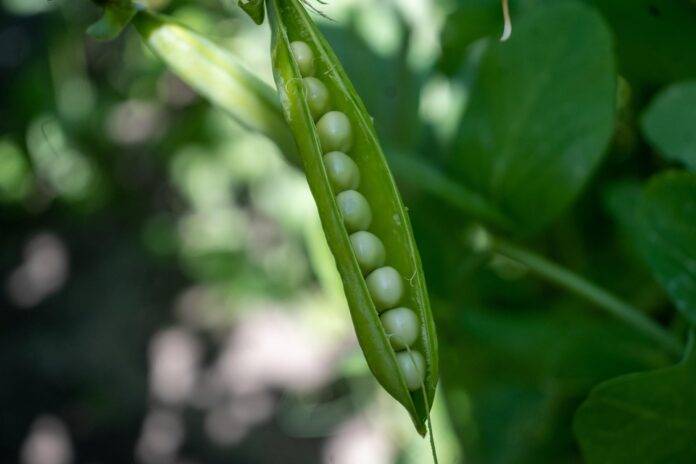Introduction
The pea production industry is a vital sector in the agricultural landscape, contributing significantly to global food supply chains and economic development. Peas are a versatile crop with multiple uses, ranging from human consumption to animal feed and industrial applications. In this industry report, we will delve into the trade and consumption dynamics of pea production, examining key trends, challenges, and opportunities that shape the market.
Global Pea Production Overview
Peas are one of the most widely cultivated legumes worldwide, with major producing countries including Canada, Russia, China, India, and the United States. According to data from the Food and Agriculture Organization (FAO), global pea production reached over 17 million metric tons in 2020, with Canada accounting for a significant portion of the total output.
The demand for peas has been steadily increasing over the years, driven by their nutritional value, sustainability, and versatility in various food products. Peas are rich in protein, fiber, and essential vitamins, making them a popular choice among health-conscious consumers. Additionally, peas are a sustainable crop, requiring less water and fertilizers compared to other protein sources like meat.
Trade Volumes and Pricing Trends
The global trade in peas is robust, with significant volumes being exported and imported each year. Canada, as one of the leading pea producers, plays a key role in the international pea trade, exporting to countries in Europe, Asia, and North America. The demand for pea protein and pea-based products has been a major driver of trade growth, with companies in the food and beverage sector increasingly incorporating peas into their product offerings.
Pricing trends in the pea market are influenced by factors such as crop yields, weather conditions, and demand-supply dynamics. The prices of peas can be volatile, with fluctuations observed in response to changes in production levels and market conditions. Despite this volatility, peas have maintained a relatively stable pricing trend over the years, making them an attractive commodity for both producers and consumers.
Industry Benchmarks and Challenges
The pea production industry faces several challenges that impact its growth and sustainability. One of the key challenges is climate change, which can lead to unpredictable weather patterns, affecting crop yields and quality. Farmers are increasingly adopting sustainable farming practices to mitigate the impact of climate change and ensure the long-term viability of pea production.
Another challenge facing the industry is competition from alternative protein sources, such as soy and lentils. These crops offer similar nutritional benefits to peas and are often more widely available in the market. To remain competitive, pea producers need to innovate and differentiate their products to attract consumers seeking plant-based protein options.
Market Dynamics and Future Predictions
The pea production market is expected to witness continued growth in the coming years, driven by increasing consumer awareness of the health and environmental benefits of peas. The demand for plant-based proteins is projected to rise, creating opportunities for pea producers to expand their market presence and diversify their product offerings.
Innovations in pea processing technology, such as the development of pea protein isolates and concentrates, are expected to drive market growth and open up new avenues for product development. Companies in the food and beverage sector are investing in research and development to create innovative pea-based products that cater to changing consumer preferences and dietary trends.
Regional Insights and Key Players
The pea production industry is geographically diverse, with different regions experiencing varying levels of production and consumption. In North America, Canada is a major player in the pea market, exporting large quantities of peas to countries around the world. In Europe, countries like France and the United Kingdom are significant producers of peas, supplying both domestic and international markets.
Key players in the pea production industry include companies like Roquette, Ingredion, and Cosucra, which are leading the way in the development of pea-based ingredients and products. These companies are investing in research and innovation to create sustainable and high-quality pea products that meet the needs of a growing consumer base.
Conclusion
In conclusion, the pea production industry is a dynamic and growing sector that plays a crucial role in the global food supply chain. With increasing consumer demand for plant-based proteins and sustainable food products, peas are well-positioned to capitalize on these trends and drive market growth. By addressing challenges such as climate change and competition from alternative protein sources, pea producers can secure their place in the market and continue to thrive in the years to come.



